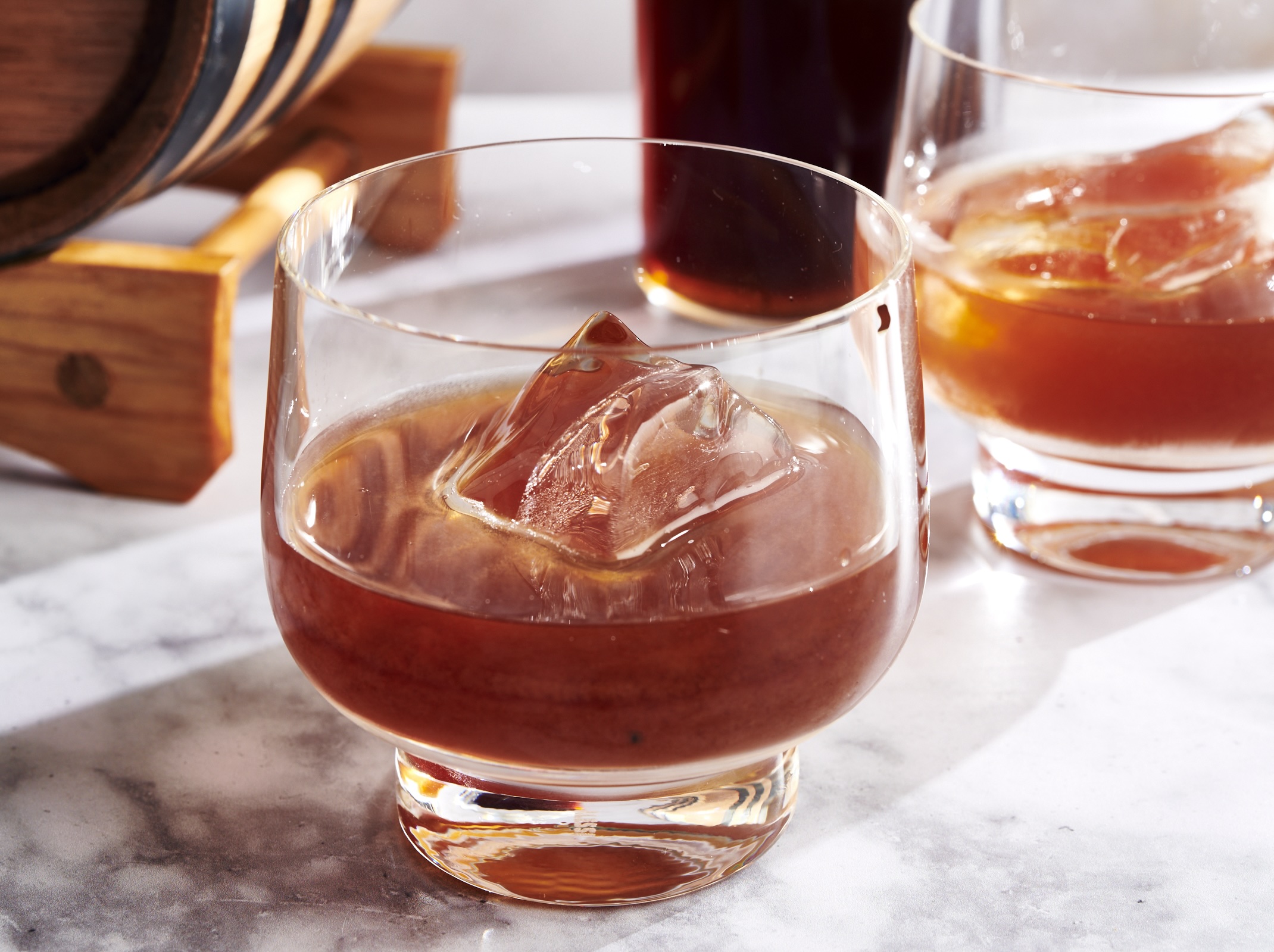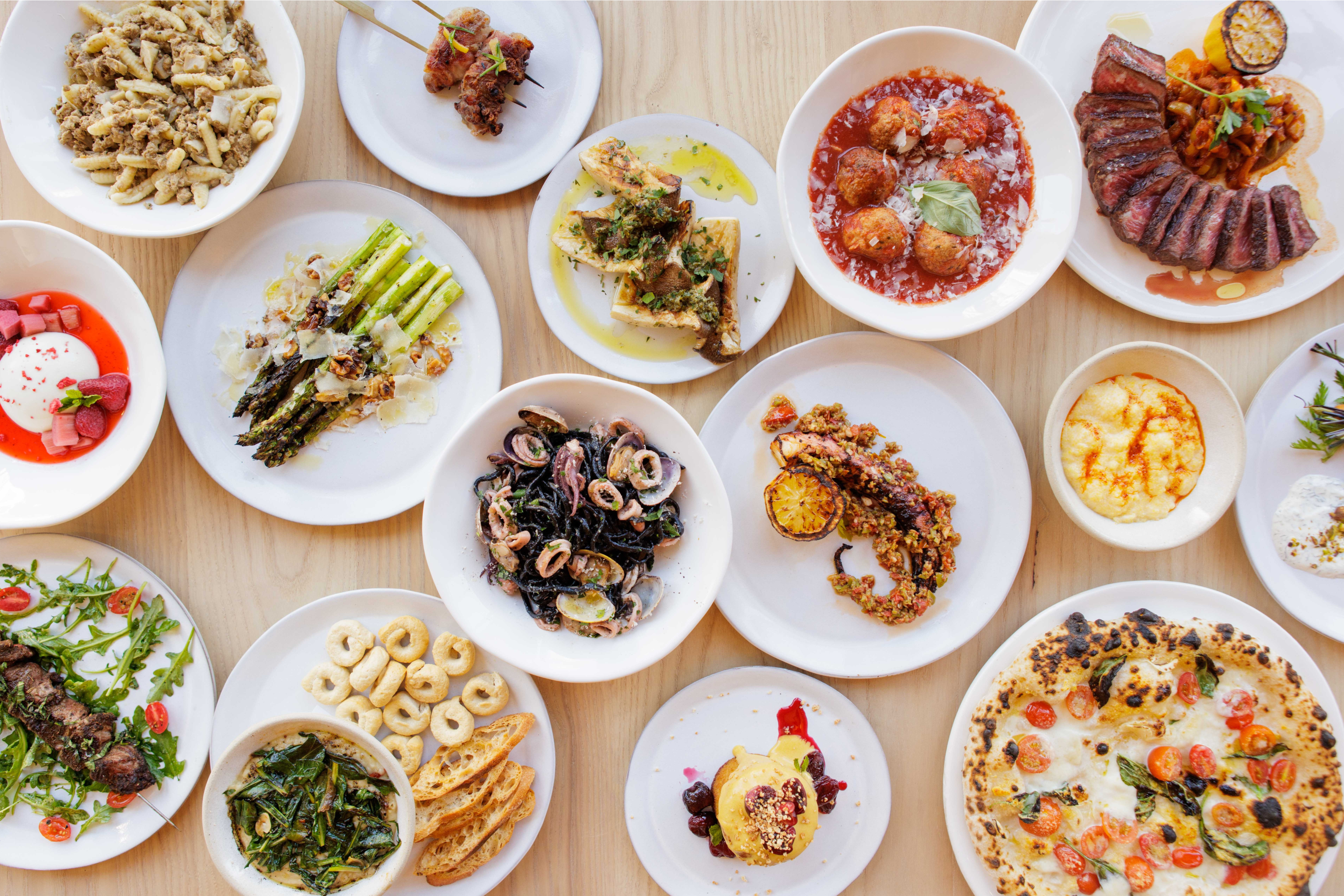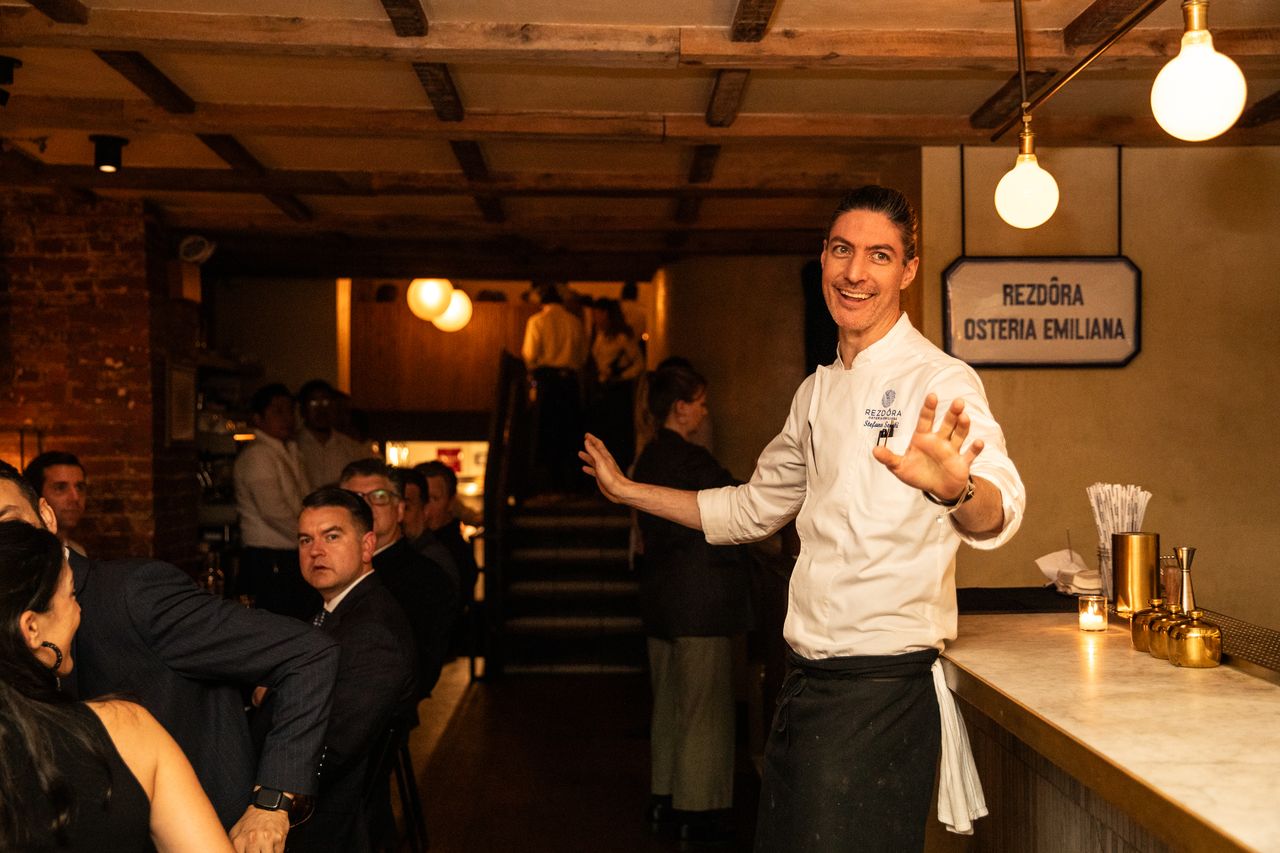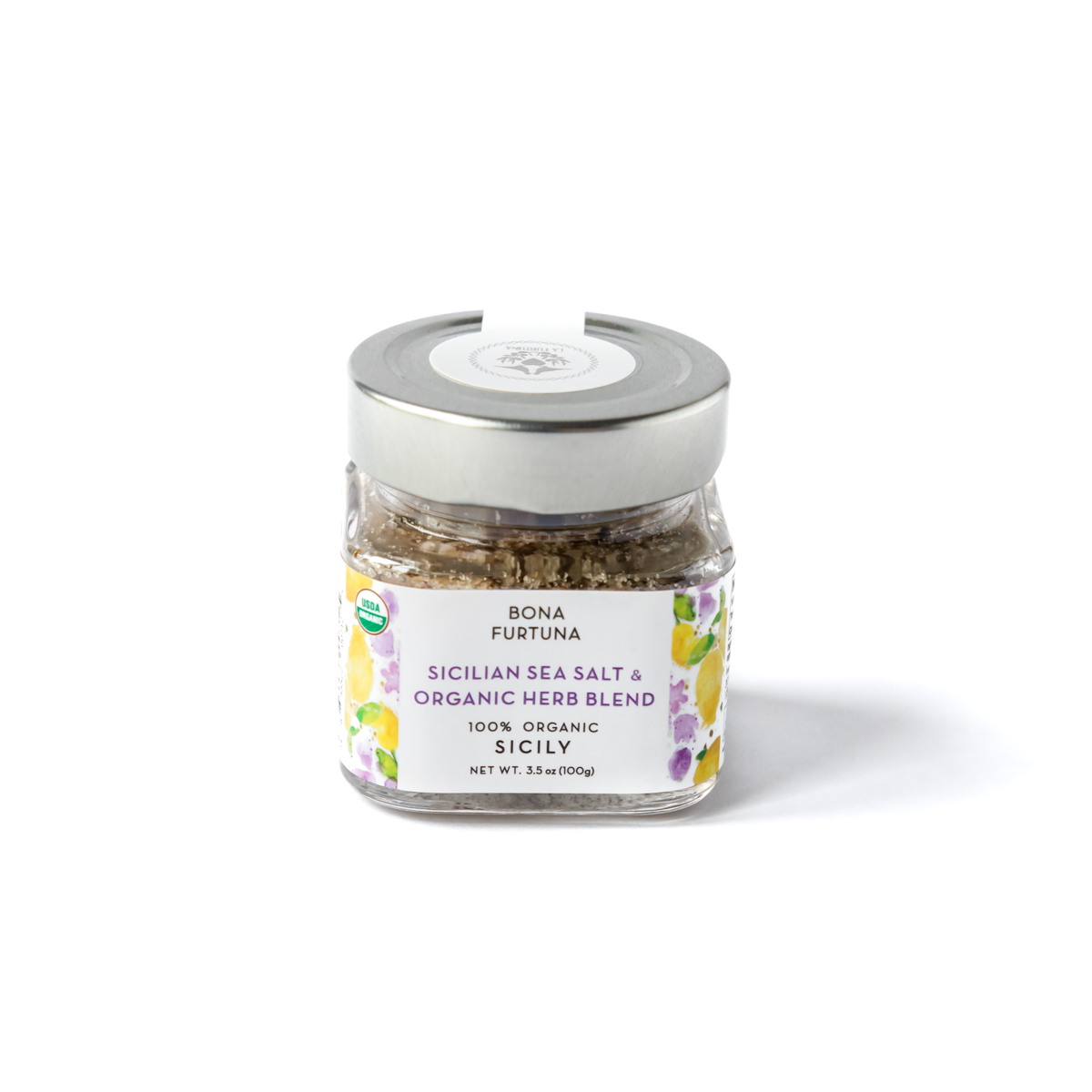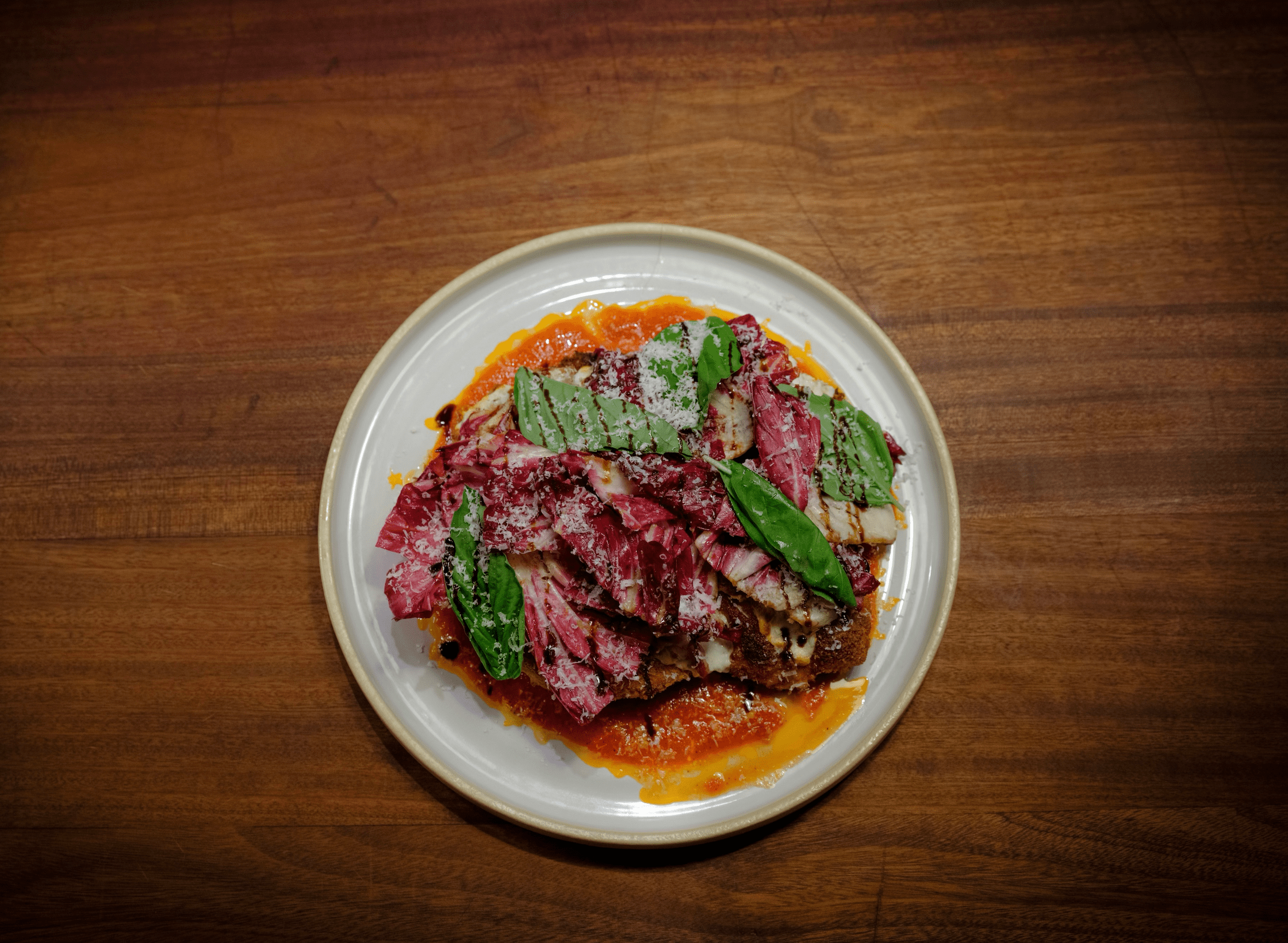Darra Goldstein, Cortney Burns, and Appetito co-founder Richard Martin have joined forces to create a six-volume series, Preserved, from Hardie Grant Publishing. The latest volumes, 3 and 4, Preserved: Drinks and Preserved: Vegetables, are out this week, filled with stories and recipes that spotlight varied cultures' methods for preserving ingredients and making delicious food and drink out of them. Appetito is proud to feature a recipe from Preserved: Drinks, for a homemade amaro that takes some time and effort, but has an excellent result, a richly colored, deeply flavorful drink great for sipping or mixing into cocktails.
Amaro is Italian for “bitter,” though the word has become something of a catchall for any bittersweet, herbaceous, Italian-made liqueur. Amari (the plural form of amaro) are typically offered as a digestif their medicinal mix of spices, herbs, and barks implies that they can settle the stomach after a rich meal. But as amaro has become more widely used in recent years, the once-dusty bottles have moved forward in liquor cabinets and on bar shelves to be employed as an aperitif or as a flavor-packed mixer in sours, spritzes, and citrusy cocktails.

The complex production of amaro seems best left to Italian families working from centuries-old recipes, although a few noteworthy brands have emerged in the United States. We hope this recipe will encourage you to enter the fray and add your own unique touches—though it will require patience and perseverance! For one thing, sourcing the ingredients seems daunting, given the mix of bitter barks, unheard-of herbs, and dried flowers, in addition to spices, roots, and citrus peels. Then there’s the matter of macerating these elements in the base spirit, creating a sugary syrup, mixing the two, and then aging them for months or longer.
Yet don’t let this stop you. Creating a diy amaro will yield the ultimate beveragemaking bragging rights, and the obstacles are easy to overcome. Start by searching the internet for “botanicals near me” to find a spice or herb shop where you can source the roots and other ingredients. Our recipe calls for a mix of overproof vodka and brandy for its neutral spirits base, which are easy enough to find at most liquor stores. For aging, we provide three different methods, with oak and without.
This recipe makes about 1 3/4 quarts or 1.75 liters.
Excerpted with permission from Preserved: Drinks: 25 Recipes by: Darra Goldstein, Cortney Burns, and Richard Martin published by Hardie Grant Publishing, October 2024, RRP $22.00 Hardcover.
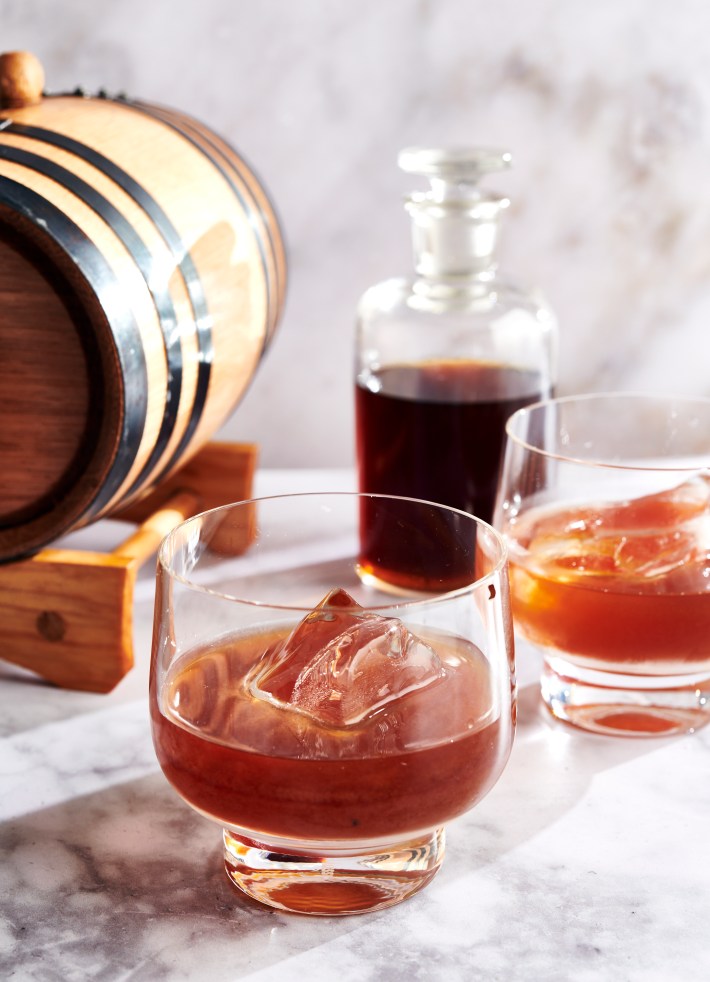
Homemade Amaro
20
servings433
hours20
minutes1
minuteIngredients
1 bottle 1 high-proof or overproof vodka (about 3 cups)
1 bottle 1 brandy (neutral, not too sweet; about 3 cups)
1 teaspoon 1 gentian root
½ teaspoon orris root
1 teaspoon 1 roasted dandelion root
1 teaspoon 1 rhubarb root
1 teaspoon 1 wormwood
1 teaspoon 1 angelica root
1 teaspoon 1 burdock root
3 tablespoons 3 aniseed
1 tablespoon 1 black peppercorns
11/2 teaspoon 11/2 whole cloves
3 tablespoons 3 whole black or green cardamom pods
1 tablespoon 1 mace blades
1 tablespoon 1 coriander seed
1 tablespoon 1 caraway seed
1 tablespoon 1 juniper berries
1 tablespoon 1 dried lavender flowers
1 tablespoon 1 dried rose petals
1 tablespoon 1 dried chamomile flowers
3 tablespoons 3 dried orange blossoms
3 3 sage leaves
4 4 fresh or dried bay leaves
1 sprig 1 marjoram or oregano
1/4 cup 1/4 / 6 g tightly packed fresh mint leaves
1 1 ¼ cups / 300 ml dry white vermouth
¾ cup / 180 ml distilled water or boiled and cooled water
1 1 ½ to 2 cups / 145 to 195 g dark muscovado sugar (depending on desired sweetness)
½ cup / 52 g dried sour cherries
½ cup / 67 g dried Angelino plums or dried apricots (about 6)
¼ cup / 37 g golden raisins
1 1 lemon, thinly sliced
1 1 orange, thinly sliced
Directions
- Pour the vodka and brandy into a 1-gallon / 4 L jar or crock. Add the gentian root, orris root, dandelion root, rhubarb root, wormwood, angelica root, and burdock root to the jar. Seal the jar with a lid and place it in a cool, dark place for 2 weeks, swirling daily. Strain the liquid through a fine-mesh sieve lined with cheesecloth. Discard the solids and pour the liquid back into the jar.
- Place the aniseed, peppercorns, cloves, cardamom, mace, coriander seed, caraway seed, and juniper berries in a mortar and gently pound them to crack the spices open. Add the cracked spices to the strained liquid along with the dried flowers and herbs, close the jar tightly again, and macerate the mixture for 5 days in a cool, dark place. Once you’ve set this mixture aside, combine the vermouth, water, and sugar in a 2-quart / 2 L wide-mouth jar, close it tightly, and store it next to the other jar for the same 5-day period. The sugar will gradually dissolve to create a vermouth simple syrup.
- After 5 days, strain the spice-infused alcohol through a fine-mesh sieve into a bowl or other large vessel. Set the sieve with the solids aside for the moment. Rinse the jar or crock of any rogue herbs and return the infused alcohol to it. Cover tightly. Transfer the strained herbs and spices into the jar with the vermouth syrup. Add the dried fruit and fresh citrus, pressing down lightly on the fruit to make sure it’s immersed. Let both mixtures steep for another 7 days in a cool, dark place.
- After 7 days, strain the infused and sweetened vermouth through a fine-mesh sieve into the large jar with the infused alcohol. Let this mixture sit for 3 days, then filter it through a paper coffee filter.
- At this point you have several options. You can transfer the amaro into one or more flip-top bottles, or ones that can be sealed with a cork, and leave it to age in a cool, dark place for 6 to 8 months. Alternatively, you can make the flavor more complex by aging the amaro on oak. Either pour the amaro into a large jar with a tightfitting lid and add 2 tablespoons toasted oak chips, or pour it through a funnel into 3-quart / 3 L toasted oak barrel that has been soaked and prepped according to the manufacturer’s specifications.
- Stored in a cool, dark place, the amaro will keep more or less indefinitely.
Notes
- Excerpted with permission from Preserved: Drinks: 25 Recipes by: Darra Goldstein, Cortney Burns, and Richard Martin published by Hardie Grant Publishing, October 2024, RRP .00 Hardcover.
Did you make this recipe?
Tag @appetitomagazine on Instagram and hashtag it with #italianfoodanddrink
Like this recipe?
Follow @Appetitomagazine on Pinterest
Follow us on Facebook!
Follow us on Facebook
